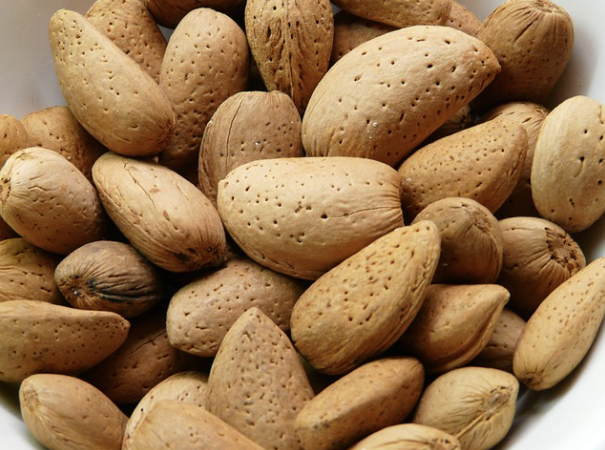We’ve already gotten into what the symptoms of Celiac disease look like, but that’s not the only condition out there that prevents someone from processing gluten correctly. Gluten intolerance symptoms (also known as gluten insensitivity symptoms) can be just as uncomfortable, but how do you know if that’s what you’re experiencing and not Celiac disease? Here’s how.
Before we get started, remember: Don’t just assume that if you experience these symptoms, you have gluten intolerance or Celiac disease and just move on. Be sure to talk to your doctor first!
The Symptoms
Flickr user juhansonin
The physical symptoms of gluten intolerance or sensitivity will be pretty similar to Celiac, so these might sound familiar:
-abdominal pain
-headaches
-bone or joint pain
-diarrhea
-constipation
-fatigue
-brain fog
The exception? People with gluten intolerance won’t have the small intestinal damage associated with Celiac disease.
The Diagnosis
Flickr user Kradlum
Here’s where it gets tricky. If you’re showing these gluten intolerance symptoms (on a regular diet including gluten) and go in for a Celiac test and test negative, it doesn’t mean you’re barking up the wrong tree. It just means you have to try eliminating gluten from your diet to see what happens. If you feel better after no gluten for a while, and then try having it again and see the symptoms come back, boom. You’ve got your answer. Gluten intolerance.
So What Now?
Flickr user Jodimichelle
The way to go about handling your gluten intolerance is pretty simple: NO MORE GLUTEN. Luckily, there are tons of awesome recipes, food items, and resources out there to help you still have all the foods you love safely. Check out the rest of our gluten-free online resources!







